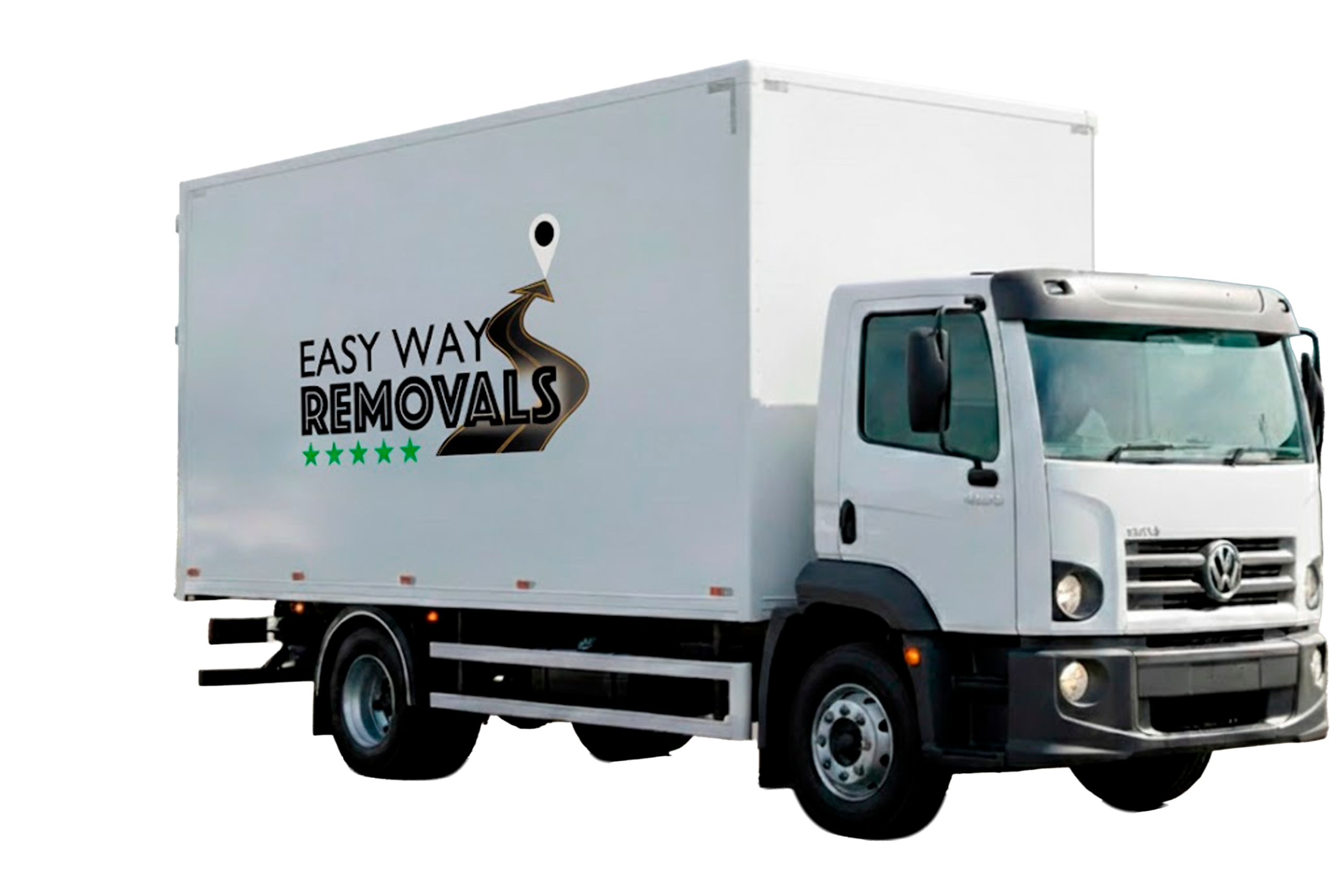Got a Mattress to Move? Let’s Make It Easy!
You’ve got a mattress to move. Sounds simple, right? But then you realise it’s heavy, awkward to carry, and doesn’t fit through the doorway. You start wondering, “How am I supposed to do this without hurting my back?”
Moving a mattress can be tricky, but with the right tips, it’s totally doable. Here’s the brief on how to move a mattress. To move a mattress, you should —
For large mattresses, get extra hands or hire movers. Here, we’ll walk you through everything step by step if you’re moving your mattress yourself or calling in for some help.
Let’s get started and make this task a whole lot easier!
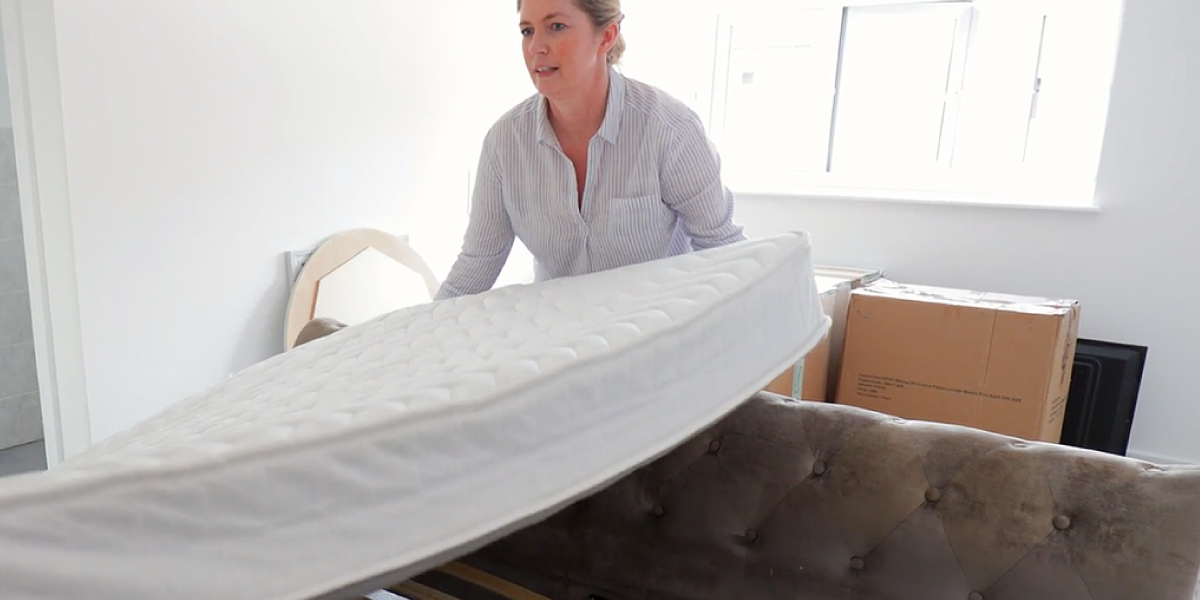
A mattress is big, heavy, and awkward to handle. Depending on its size or type, you might struggle to lift it, carry it through doorways, or even secure it in a vehicle. That’s why knowing how to do it the right way can save you time and trouble.
Here’s a quick look at mattress sizes and how hard they are to move.
| Mattress Size | Weight Range | Can You Move It Alone? | Difficulty |
| Twin / Twin XL | 40-60 lbs | Yes (for most people) | Easy |
| Full / Double | 50-70 lbs | Maybe (depends on strength) | Moderate |
| Queen | 70-100 lbs | No | Hard |
| King / California King | 90-150 lbs | No | Very Hard |
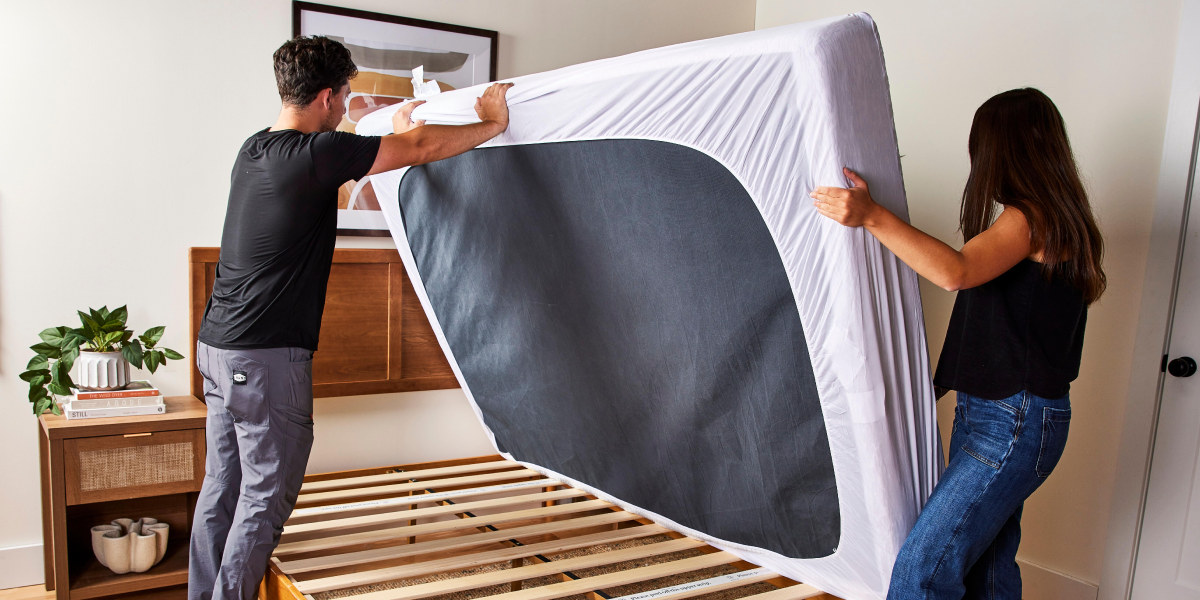
Do you know that different mattress types need different care when moving? Let’s find out.
Foam mattresses are super flexible, so they’re easy to move. You can roll or fold them if you need to fit them through a tight space. Just make sure you wrap the mattress in a protective bag so it stays clean and doesn’t get damaged.
Spring mattresses are trickier because you can’t bend them, or the springs might get ruined. Keep them upright when you move them to protect the shape. Wrap them securely in plastic or a mattress bag so they don’t get dirty or damaged.
Hybrid mattresses are heavy because they have both foam and springs. You’ll probably need some help to lift or move them. A dolly can make it easier to roll the mattress to your vehicle. Don’t forget to wrap it up in a mattress bag to keep it clean.
Air mattresses are the easiest to move. All you need to do is deflate them completely. Once it’s flat, fold it up and pack it in a bag or box to keep it safe and ready for the next use.
First, gather the below-mentioned tools to make moving easier:
Now, let’s find out how to move a mattress by yourself.
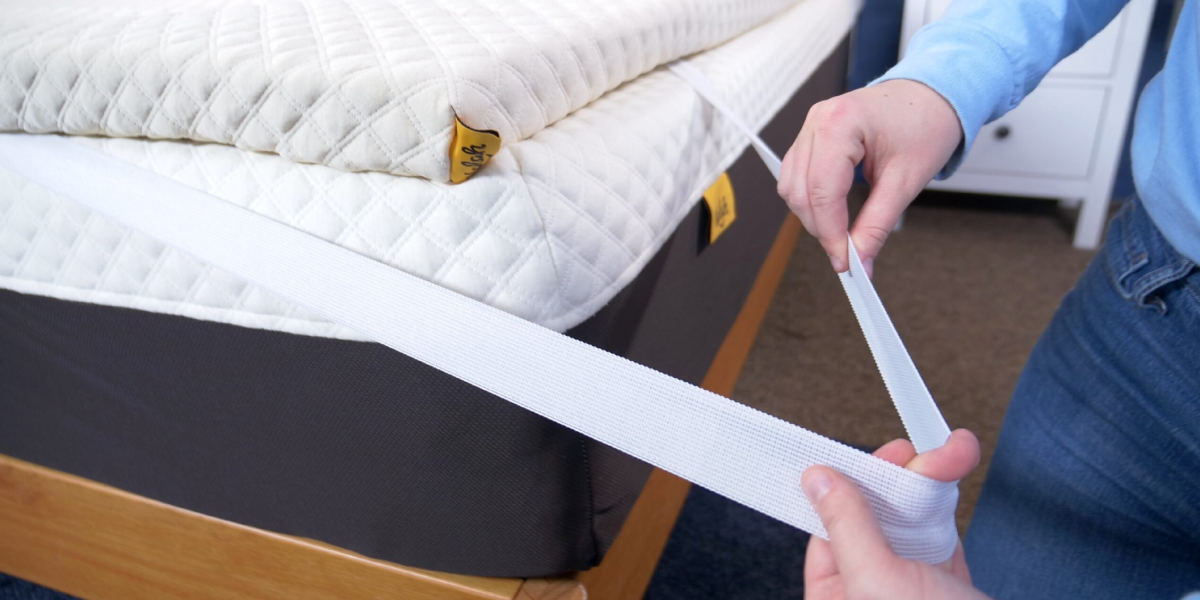
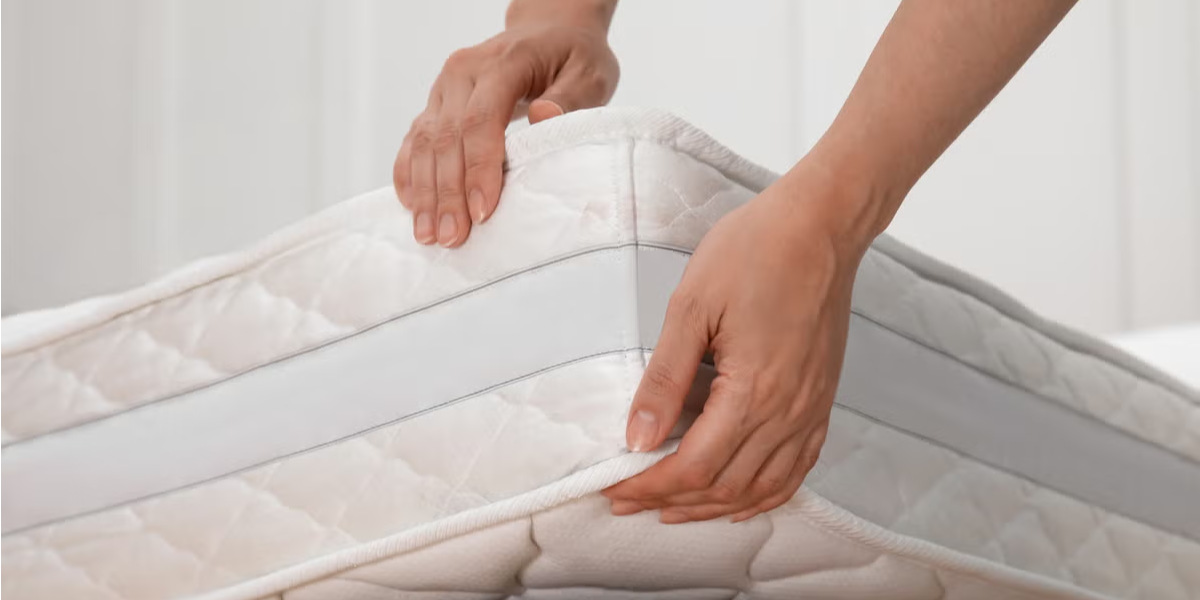
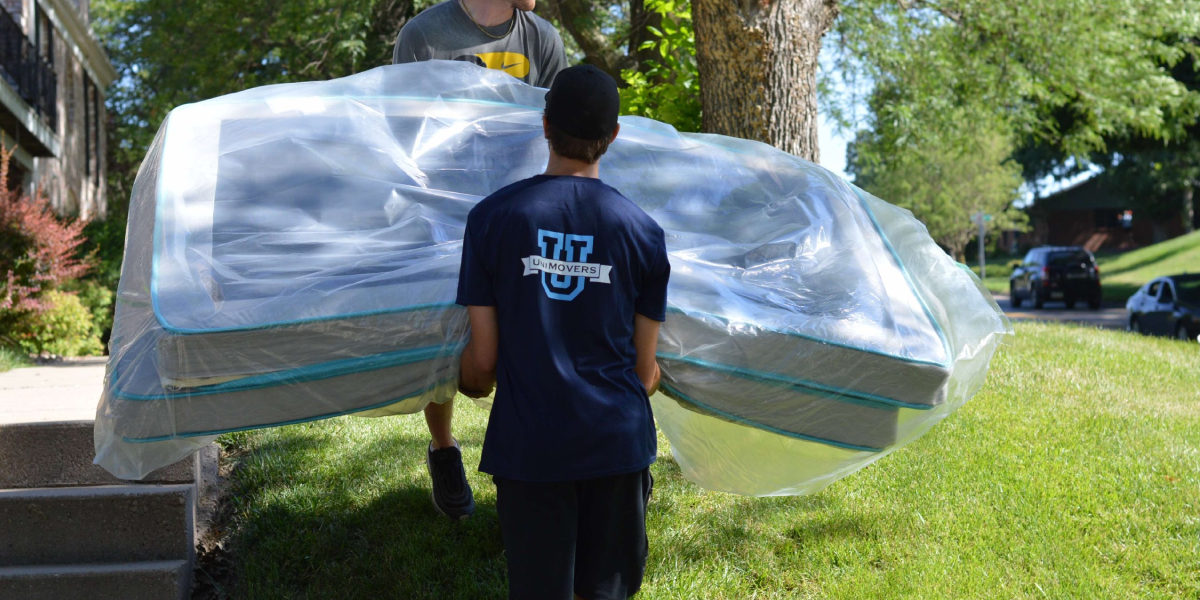
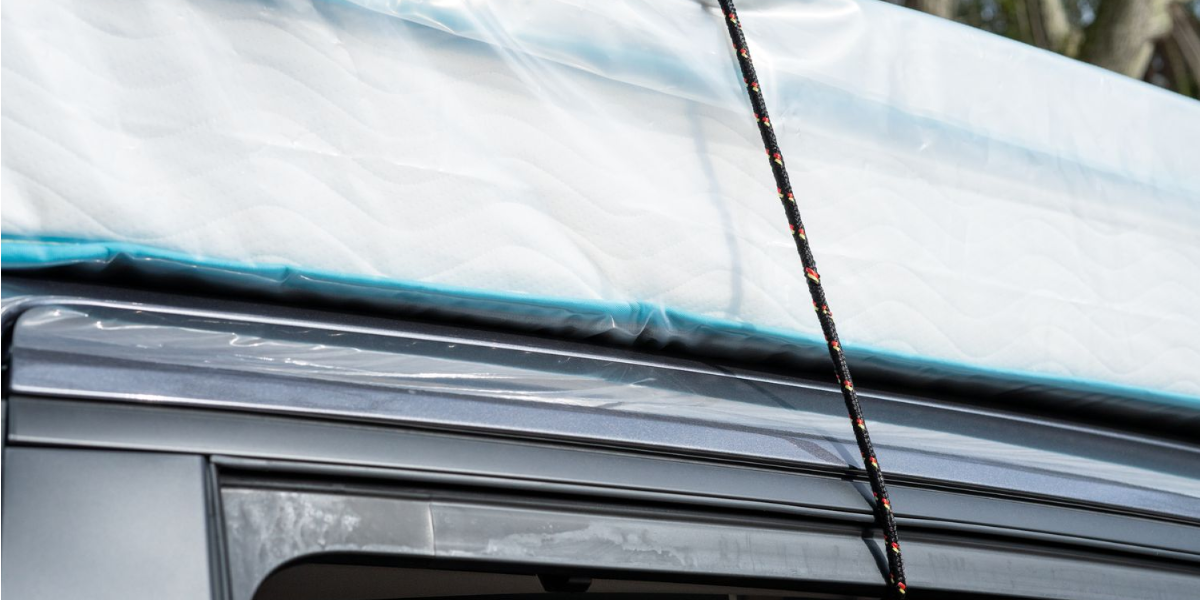
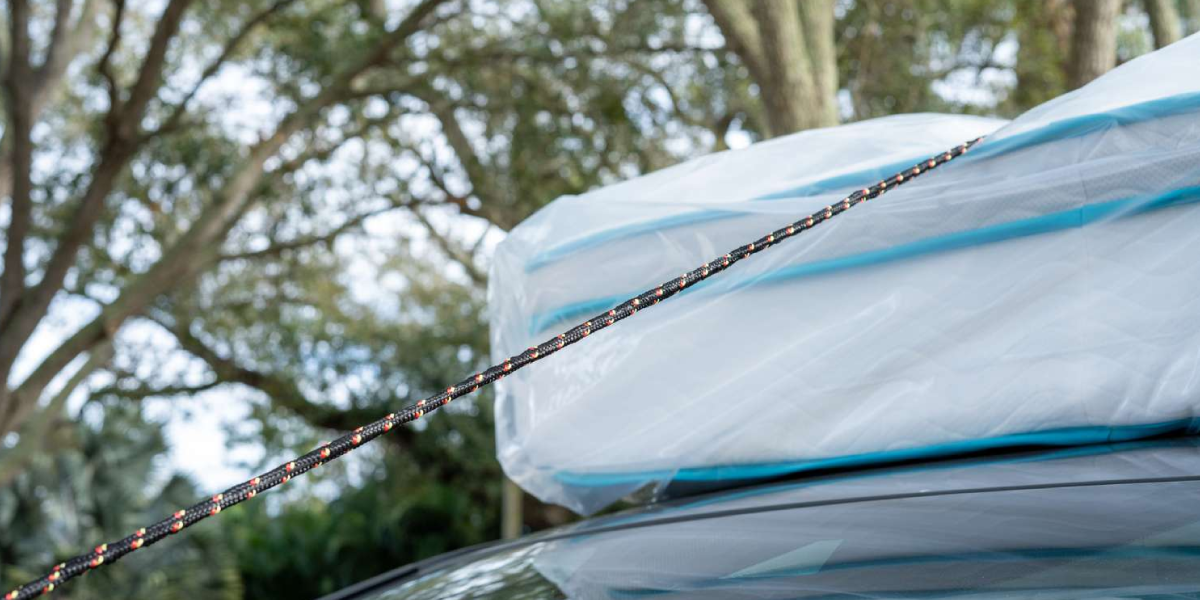
Sometimes, moving a mattress yourself isn’t practical. Here’s when you should hire professionals:
Why Choose Movers?
Movers make things so much easier when you have a big, heavy mattress to move. They know exactly how to handle it safely and use tools like straps and sliders to do the job right. Plus, most moving companies offer insurance, so if anything gets damaged, you’re covered.
At Easy Way Removals, we offer a complete removal service to help move your mattress and other belongings safely. We handle everything from packing to transportation, making your move smooth and stress-free.
Moving a large mattress can be tricky, but we’ve got the right tools and expert movers to do it safely. Our team ensures your mattress reaches its new home without damage or hassle.
We also provide all the moving supplies you’ll need, from mattress bags and packing tape to straps and sliders.
Interested in learning how to pack up your house for a move? Visit this blog!
| Mattress Size | Number of Helpers |
| Twin or Air Mattress | 0-1 (You can do it alone!) |
| Full / Double | 1 |
| Queen | 2 |
| King / California King | 2-3 |
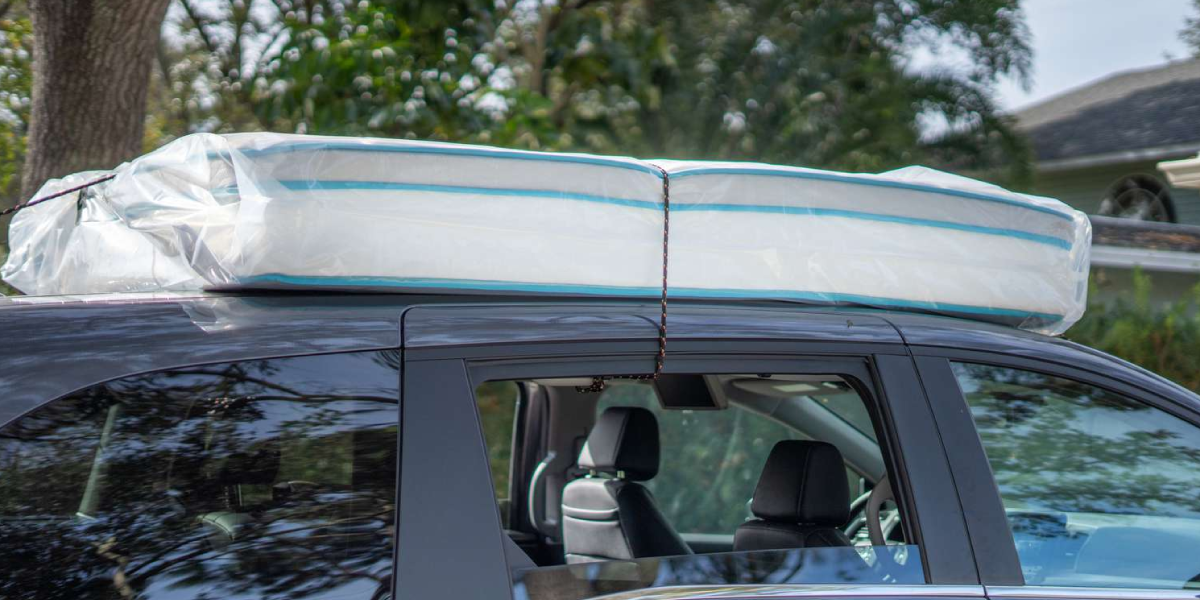
If you’re moving your mattress a short distance, you can tie it securely to the roof of your car using strong ropes or bungee cords. Just make sure it’s tight and won’t slide or wobble while driving.
For longer distances, it’s better to use a moving truck or van. Add some padding, like moving blankets, to protect it from scratches, and double-check all the straps to keep it safe and secure during the trip.
Before you start moving your mattress, double-check these:
As you’ve learnt how to move your mattress, you can visit these informative blogs on how to wrap a bed and bed frame for moving.
So, hopefully, you now have a pretty good idea of how to move a mattress. Moving a mattress doesn’t have to be stressful. No matter if you’re doing it yourself or hiring movers, the key is preparation. Follow these tips, and you’ll save yourself time, energy, and headaches.
If you’re unsure or handling a large mattress, don’t hesitate to get help. It’s always better to stay safe and protect your mattress from damage.
Good luck with your move! 😊
Need a helpful checklist for moving your home? Check out this blog for all the essential details!
To unpack your mattress, first cut away the plastic bag and tape, then let it air out by placing it next to an open window.
Sprinkle baking soda on it, wait 2 hours, and vacuum it off. Finally, spray the mattress with disinfectant, wipe it down, and let it dry before using it.
Before storing, clean the mattress by vacuuming and spraying it with disinfectant. Place the mattress in a protective mattress bag to keep it safe from dust.
Store it flat in a cool, dry place, avoiding extreme temperatures and humidity. If stored long-term, consider a mould-resistant bag.
Measure both your mattress and doorways before moving. If your mattress is too big, try tilting or rotating it at an angle. If it still doesn’t fit, you might need to remove the door temporarily.
To move a king-size mattress, lift it carefully with help or use a dolly to avoid straining. Wrap it in a mattress bag, secure it with tape, and make sure it fits in your vehicle with enough space.
To move a mattress alone, stand it up on its side to make it easier to carry. If you need to go up or down steps, use stair rails for support. Always lift with your legs, not your back, and avoid twisting your body to prevent injury.
